Starting in 1958 the Concentration game show ran off and on in the United States until 1991. The basic premise of the show was for players to choose numbers from a gameboard trying to find two cards with matching prizes/text. When a player matched two cards they would get to take the action/prize associated with the card. By removing the cards part of the puzzle underneath would be revealed. The ultimate goal was to solve the puzzle in order to win all of the prizes that the player had acquired. With Milton Bradley’s and Parker Brother’s obsession of making board games based on game shows, it should not come as much of a surprise that there was a board game made based on the Concentration game show. What might be a little surprising is that there were over 25 different versions of the game released over the years. Having no experience with the game show I really had no expectations for the game. While the board game does a pretty good job recreating the game show, the game is kind of boring at the same time.
How to Play Concentration
Setup
If there are more than two players, the players divide into two teams with each team taking one of the gift racks. Place all of the prize cards face down and mix them up. Then take the first number place it number side down on the table and slide one of the puzzle cards on top of it without looking at the prize on the card. Then insert the two cards with the number side facing outward into the first slot on the gameboard. Continue with this process until all 30 slides are in place. Turn the nob on the puzzle wheel until a new number appears in the window making sure the slide that covers up the solution is kept shut. The team with the gift rack for player one will get to go first.
Playing the Game
On a player(s) turn they will chose two of the numbers still on the board. The chosen numbers will be removed to see the prizes below. If the two prizes revealed match, both cards are removed from the board and are given to the team that found the match.
If one of the cards uncovered is a wild card, it will match any other card. If the team reveals two wild cards on their turn they will get to reveal two more numbers and take both cards that are revealed since they will match the two wilds revealed.
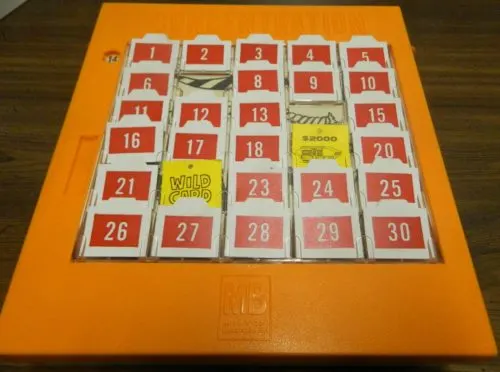
This player has unveiled the camper and a wild card. Since the wild matches any other card the player gets to take the camper card.
If a team matches two “take one gift” cards, the team can taken any prize of their choice from the other team.
If a team matches two “forfeit one gift” cards, the team chooses one of their gifts and gives it to the other team.
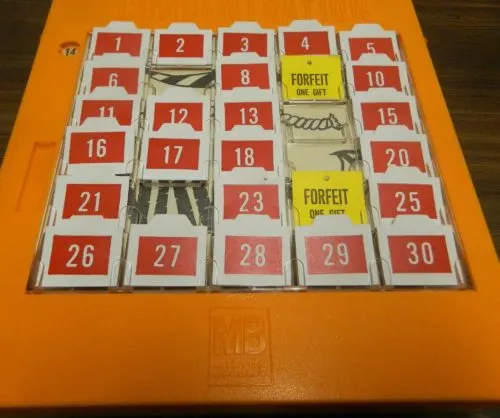
The current player has matched two forfeit one gift cards. The player will have to give one of their gifts to the other team.
After matching two cards the team can make a guess at the puzzle hidden beneath the cards. If the team makes a guess they open the window just enough to verify that they are correct. If they aren’t correct the game continues. If the team was incorrect or didn’t even make a guess they get to choose two more numbers hoping to find another match.
Whenever the current team does not find two matches, they put the numbers chosen back on their appropriate spots on the gameboard and play passes to the other team.
The current round ends when one of the teams guess the correct solution for the puzzle.
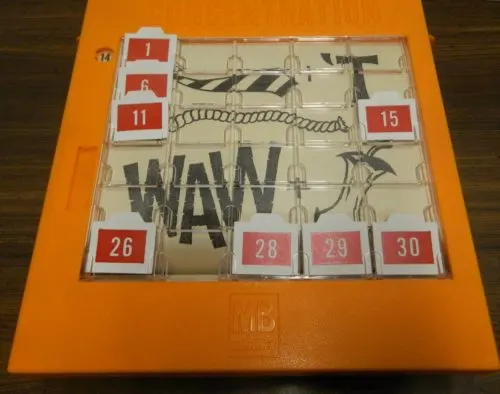
This player has correctly guessed the answer to the puzzle “Tight Rope Walker.” This player will receive money for all of the prizes in their prize rack.
The correct player gets cash equal to the value of all of the prizes received during the round. If the player has no prizes worth money, they will receive $100. The board is then reset for the next puzzle with all of the prize tokens being put back out on the board.
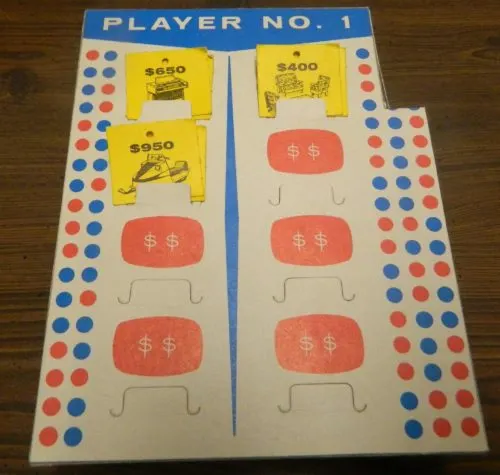
Player one has solved the puzzle so they win the prizes on their prize rack. The prizes add up to $2,000 so the player receives $2,000 from the bank.
If only two prize cards are left on the board and no one has correctly guessed the solution to the puzzle, the final two puzzle cards are removed and both players/teams get an opportunity to guess the answer. If neither can guess the correct answer, no one receives any money for the round.
End of Game
The game ends after three rounds have been played. After the three rounds whichever team has the most money wins the game.
My Thoughts on Concentration
Being only a couple years old when the game show went off the air, I honestly don’t think I have ever seen an episode of the Concentration television show. After doing some research I have to say that the board game seems to be a pretty accurate representation of the game show. All of the main mechanics of the game show are present with some slight tweaks in order to make it work in the board game format.
Since there are two main mechanics in the game lets look at each one separately.
The most prominent mechanic in the game is the memory element. Basically this portion of the game plays like every other memory game. You need to pick two numbers and hope that the cards underneath match. While you might luck into finding two matches, most of the matches will come from players remembering the locations of prizes that weren’t matched in the past. Having a good memory is a big asset for this part of the game. Since around 75% of the game revolves around the memory aspect, if you don’t have a solid memory you are going to have a lot of trouble doing well in the game.
In general I really don’t have a strong opinion on the memory aspect of the game. As I have already brought up, it is a very basic memory game. For the most part I don’t have a strong opinion on memory games. I don’t mind the occasional memory game but I wouldn’t say that it is one of my favorite genres either. There is nothing wrong with the memory aspect of Concentration but it doesn’t do anything new either. As a memory game there are better options out there that add additional mechanics to the basic memory game formula.
Other than the memory aspect, the other mechanic in the game are the puzzles that must be solved at the end of every round. These puzzles are called Rebus puzzles. For those who are unfamiliar with Rebus puzzles they are puzzles that utilize pictures to represent words/sayings. Each picture in the puzzle either represents a word or part of a word and to solve them you have to put all of the different pictures together in order to solve the saying/word. While there have been other board games that have used Rebus puzzles, I am guessing that the Concentration board is one of the first to use them.
Being a fan of puzzles I would say the puzzle element is the best part of Concentration. While Rebus puzzles aren’t my favorite type of puzzles they are interesting enough that I had fun trying to solve them. I will say that the difficulty of the puzzles can vary quite a bit. Some of the puzzles are quite easy to solve where you can solve them without removing a lot of the prizes from the board. Some of the puzzles are quite difficult though as you might not even be able to solve them if all of the prizes are removed from the board. I think this might be partially due to the fact that some of the phrases used in the game are kind of outdated at this point in time (the version we played was from 1978).
What is interesting about the puzzle aspect of the game is that it actually doesn’t take up a lot of time and yet is the key mechanic of the game. You spend most of the game revealing the puzzle underneath the prizes. It doesn’t really matter how well you do with the memory aspect though if you struggle with the puzzles. A player could clear most of the board and the other team could still end up winning the round by being able to solve the puzzle first. While I liked the puzzles more than the memory mechanics, this seems kind of backwards. When one of the mechanics takes up the majority of the game it should play a big role in deciding who ultimately wins the game.
As far as determining a final winner there is also some reliance on luck. While your memory can really help with finding matches on the board, you have to luck into finding the most valuable prizes. It doesn’t really matter how many matches you make if you don’t receive any valuable prizes. One player could do a much better job finding matches but if the other player finds valuable prizes and wins a round, they can easily win the game. I really think the game should have included prizes with values closer to one another in order to mitigate this issue.
While I have to give the Concentration series some leeway due to the age of a lot of the games, I have to say that I am still a little disappointed the game’s component quality. My complaints with the components come from three factors.
First the prize cards are made of pretty thin cardboard so they are susceptible to creasing.
Second I really don’t like the use of the puzzle rolls. While it is kind of cool being able to turn the handles to get a new puzzle, the puzzle rolls add more problems than the few benefits they provide. The puzzle rolls are pretty thin which leads to a lot of tearing. It is kind of hard to find a used copy of the game that doesn’t have at least a couple tears. It is also kind of a pain having to reset the puzzles once you reach the end of a puzzle roll. I honestly think it would have been easier for the game to have utilized a book for the puzzles since you then could have just flipped to the next page for a new puzzle.
The final problem that I had with the components is the fact that there are not enough puzzles included. Most if not all of the games only include fifty puzzles. Fifty puzzles is a decent amount but once you go through all of the puzzles the game has next to no replay value unless you wait long enough that you forget the solutions to the puzzles. As the games are pretty easy to find at thrift stores and garage sales this isn’t a huge problem as you can just pick up another version of the game pretty cheaply if you want more puzzles. The game’s box does take up a lot of space for 50 games though.
Breaking everything down I would say that Concentration is a decent game. It does a good job recreating the TV show so fans of the game show will probably get quite a bit of enjoyment out of the board game. Having no experience with the game show though I found the board game to be kind of boring. The puzzles are kind of interesting but you don’t spend nearly enough time with them. There is nothing particularly wrong with the memory elements but there is no originality. This combination leads to a somewhat boring experience.
Should You Buy Concentration?
Not surprising the Concentration board game is a pretty faithful representation of the game show. Basically the game is comprised of a memory aspect where players have to find matching cards and a Rebus puzzle mechanic. The memory mechanic is fine but it plays like every other memory game. The Rebus puzzle mechanic is interesting and yet most of the game revolves around the memory mechanic. While fans of the game show will probably enjoy the game quite a bit, I found it to be kind of boring. Add in some sub-par components and Concentration could have been better.
If you don’t have any memories of the game show or never really cared for it, I don’t see you getting a lot out of Concentration. If you really liked the game show though I think you could get quite a bit of enjoyment out of Concentration.
If you would like to buy Concentration you can find it online: Buy Concentration 1st Edition on Amazon, Buy Concentration 2nd Edition on Amazon
, Buy Concentration 5th Edition on Amazon
, Buy Concentration 6th Edition on Amazon
, Buy Concentration 7th Edition on Amazon
, Buy Concentration 9th Edition on Amazon
, Buy Concentration 12th Edition on Amazon
, Buy Concentration 14th Edition on Amazon
, Buy Concentration 15th Edition on Amazon
, Buy Concentration 16th Edition on Amazon
, Buy Concentration 17th Edition on Amazon
, Buy Concentration 18th Edition on Amazon
, Buy Concentration 19th Edition on Amazon
, Buy Concentration 22nd Edition on Amazon
, Buy Concentration 23rd Edition on Amazon
, Buy Concentration 24th Edition on Amazon
, Buy Concentration 25th Edition on Amazon
, Buy Classic Concentration Pressman Toy Corporation on Amazon
, Buy Concentration Endless Games on Amazon
, eBay

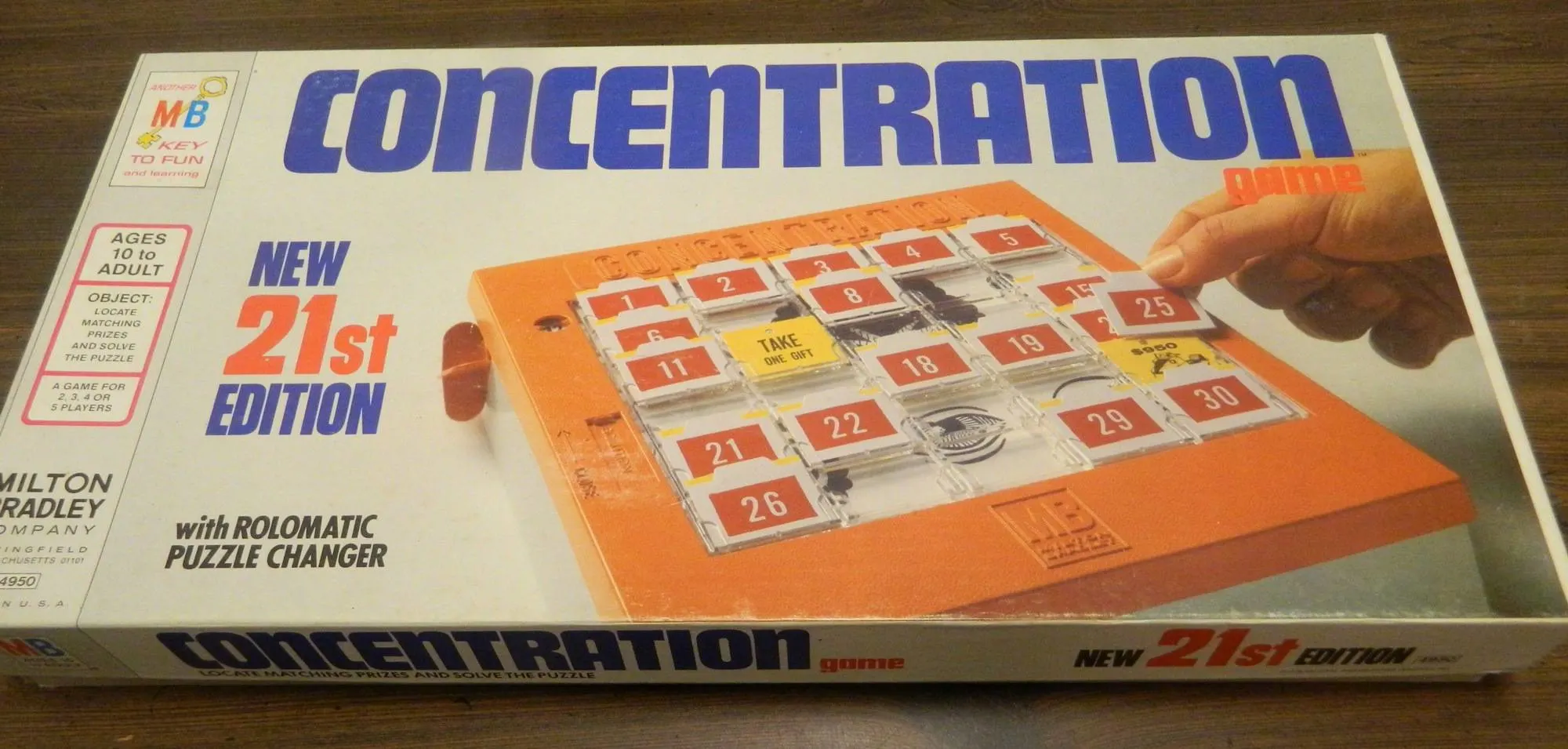
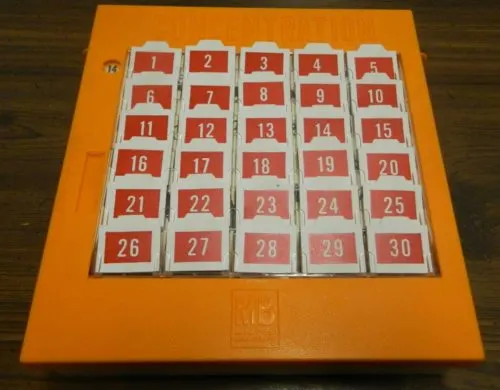
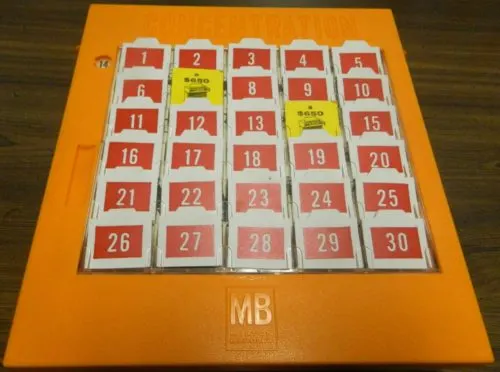
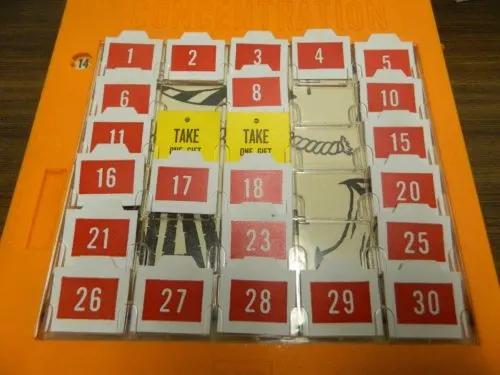
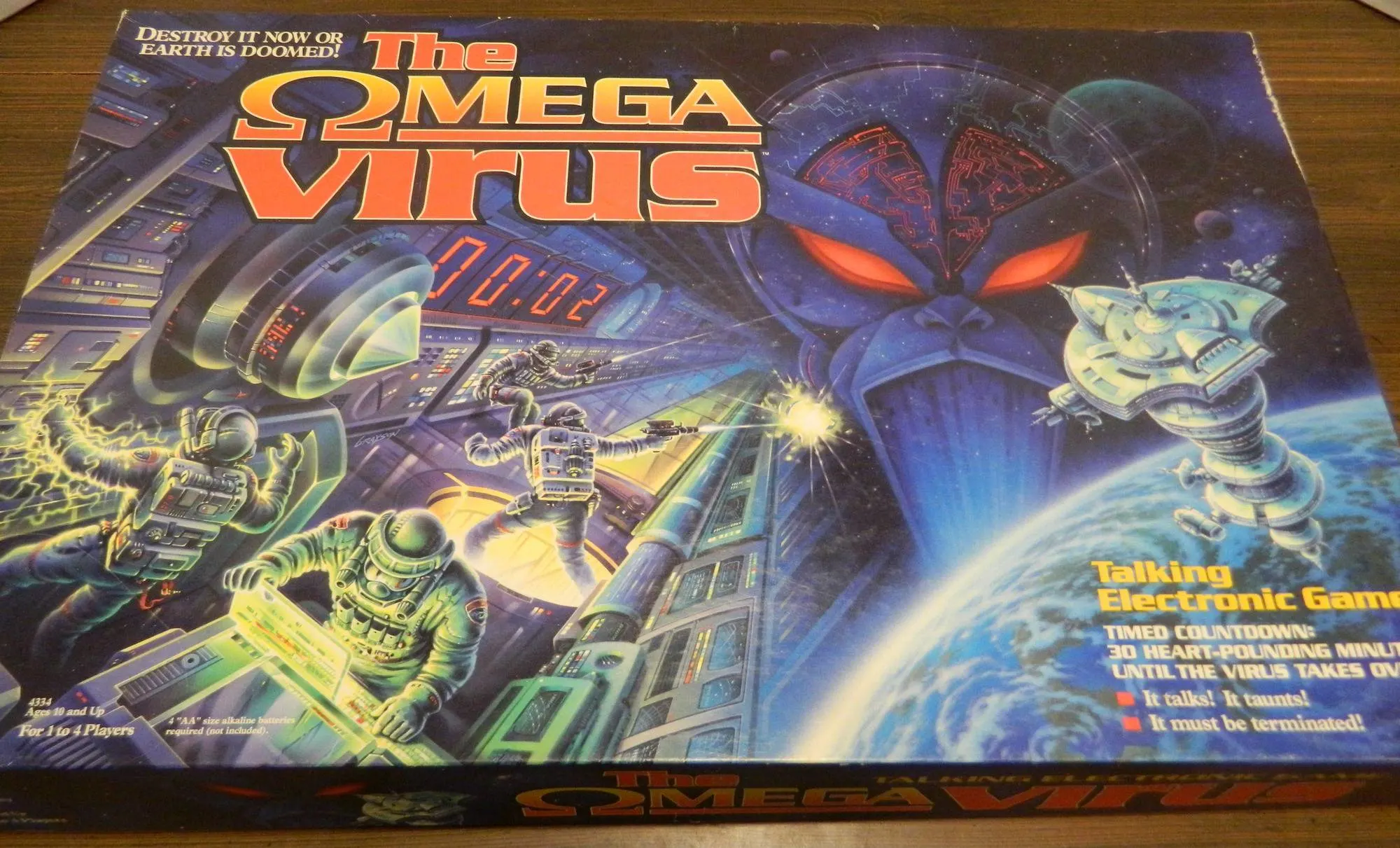
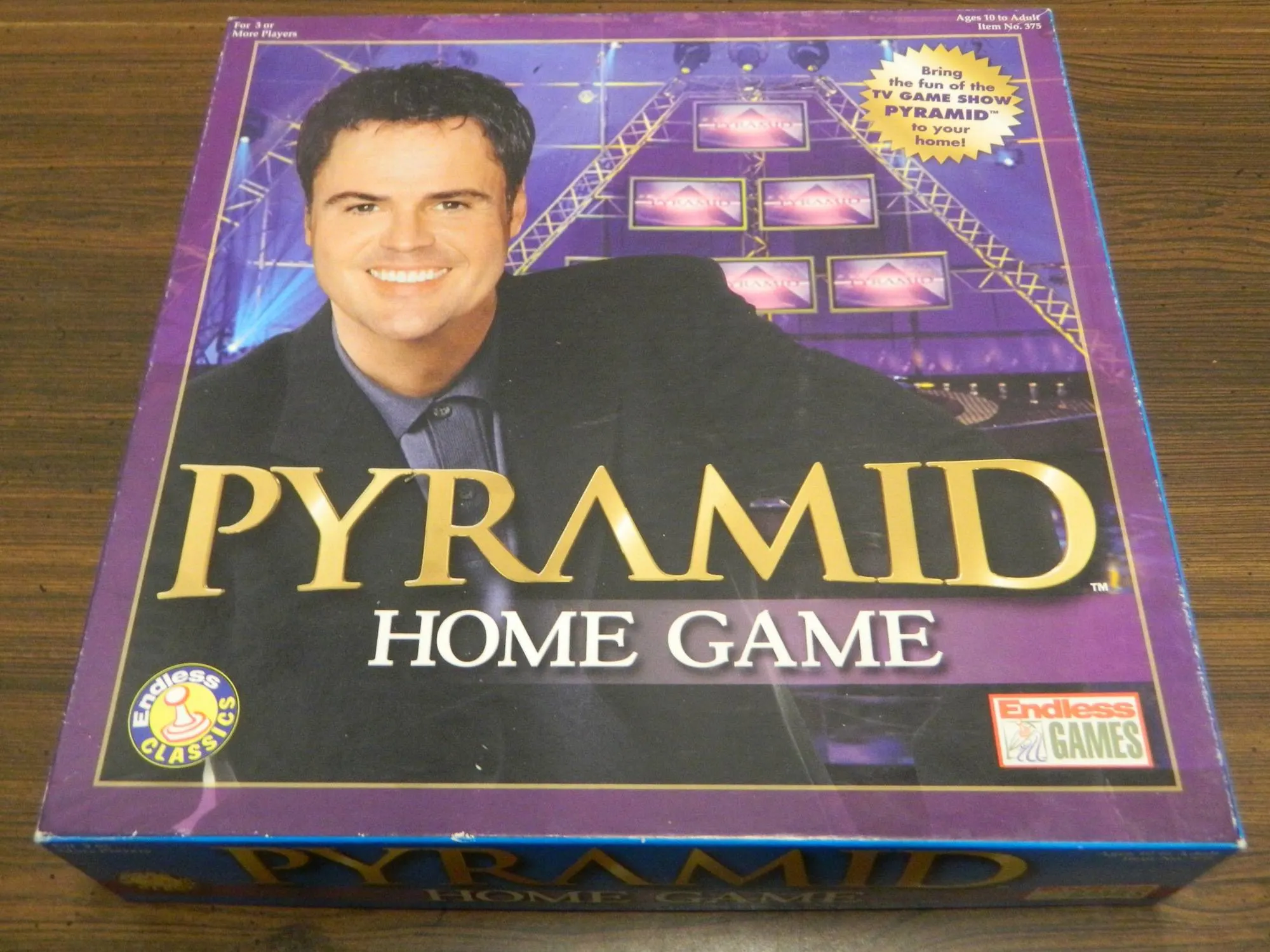
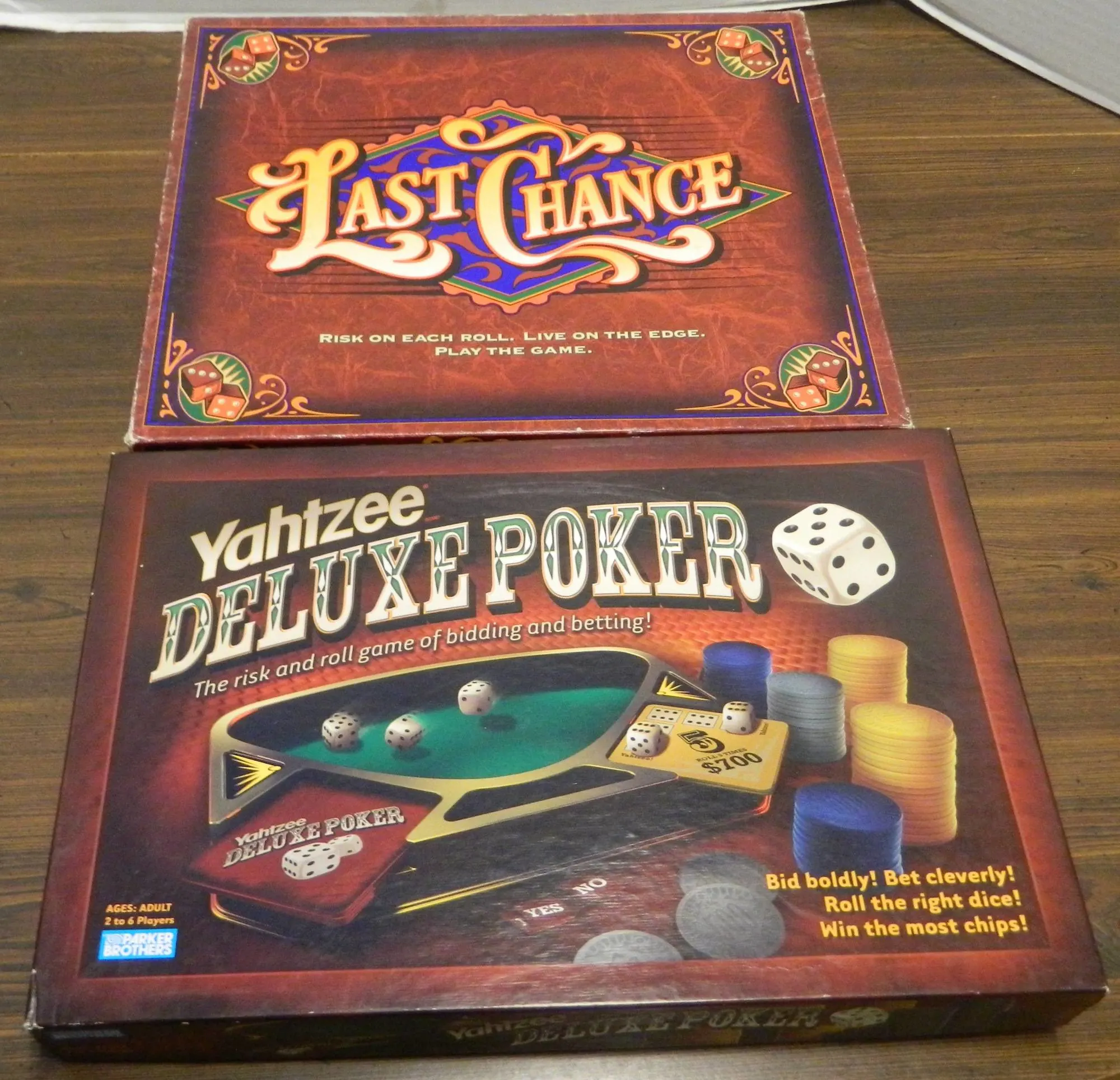
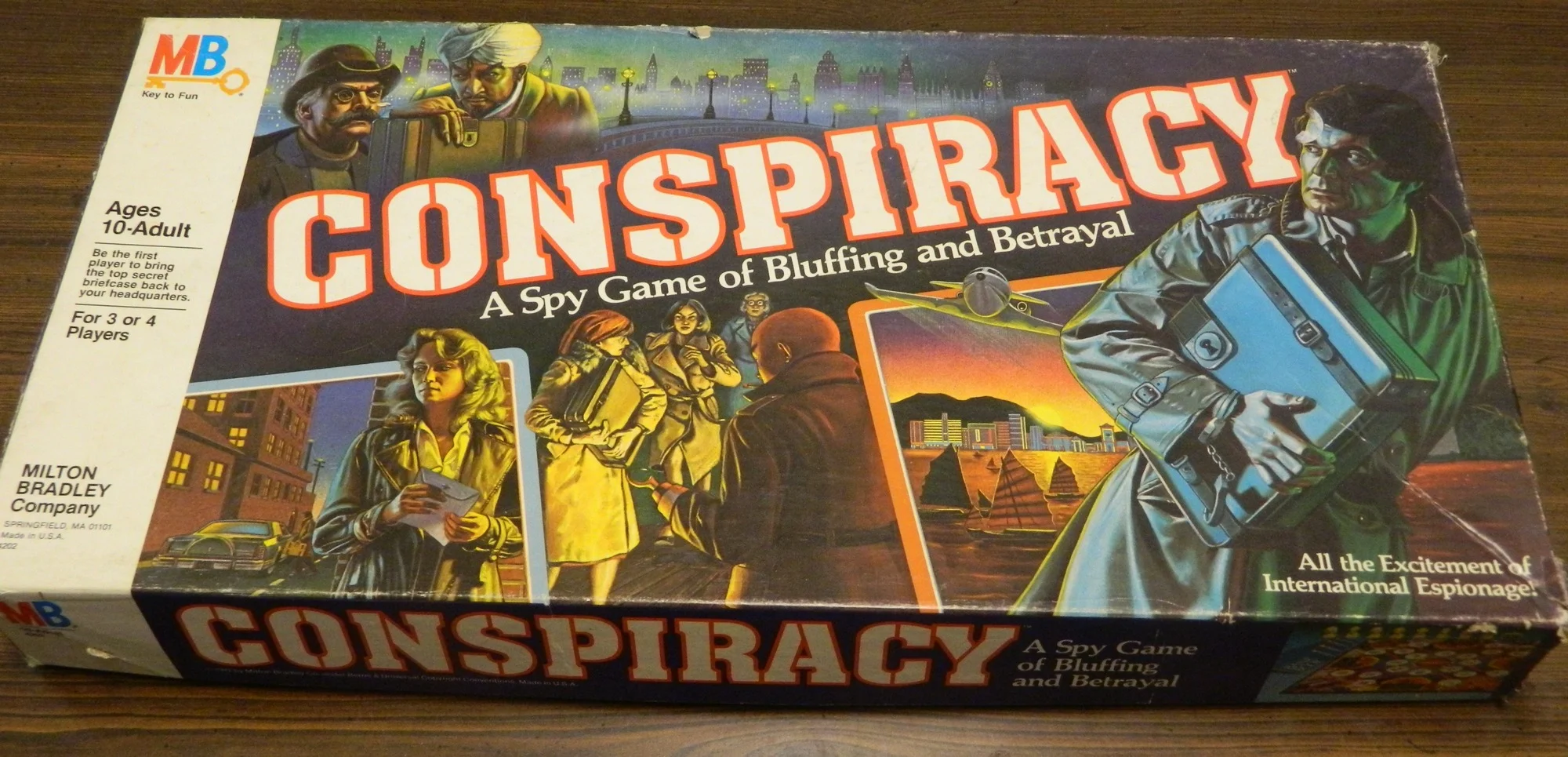
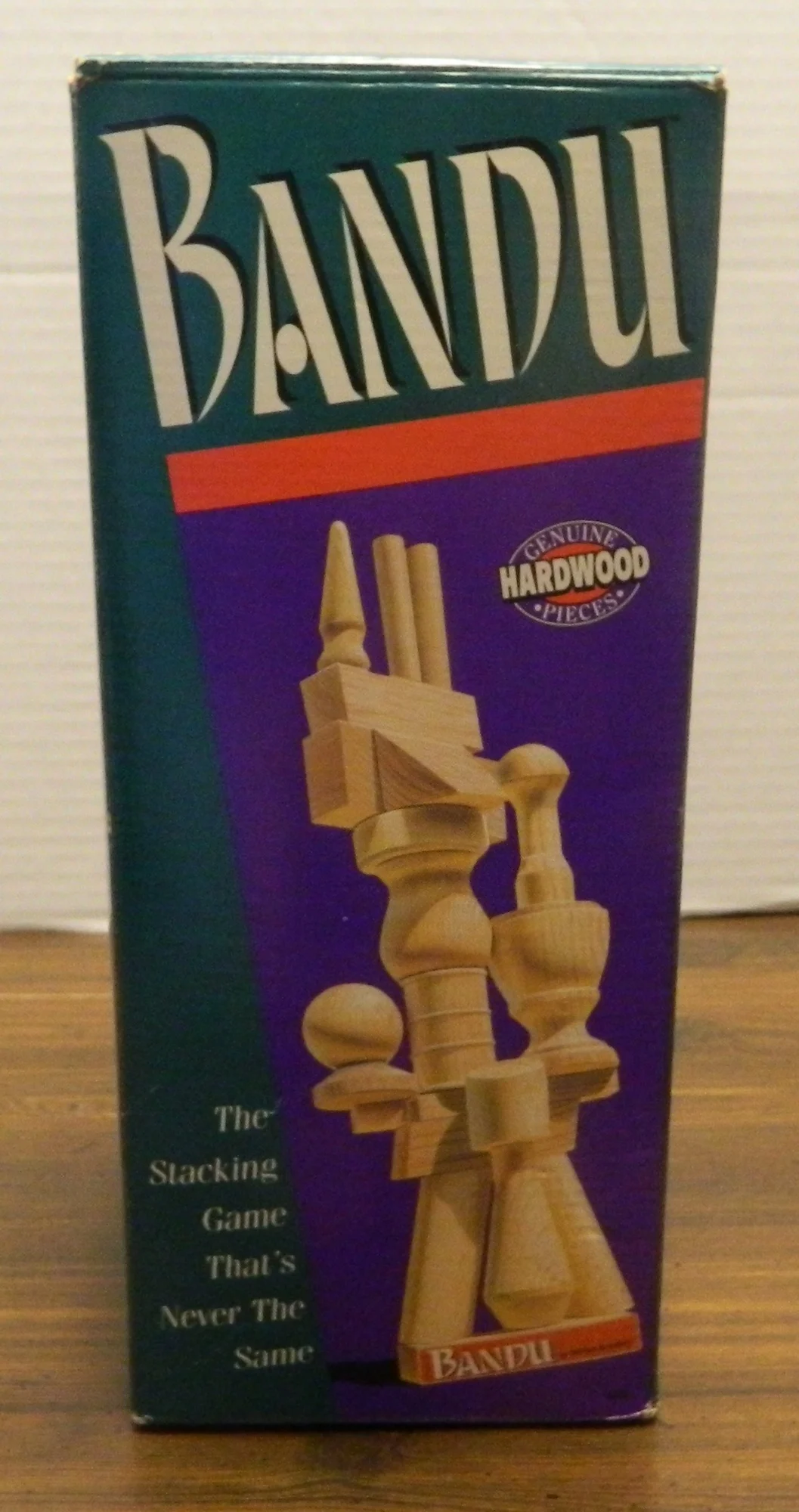
Jim Zubrick
Monday 5th of March 2018
A little history of the Concentration board game: At the end of the first puzzle roll was a coupon offer to get a second puzzle roll by sending in the coupon, your name and address and a small fee. What came back was a puzzle roll designated "No. 2." Because of this offer, when the second edition of the game came out, at the top of the roll was "No. 3," and not "No. 2."